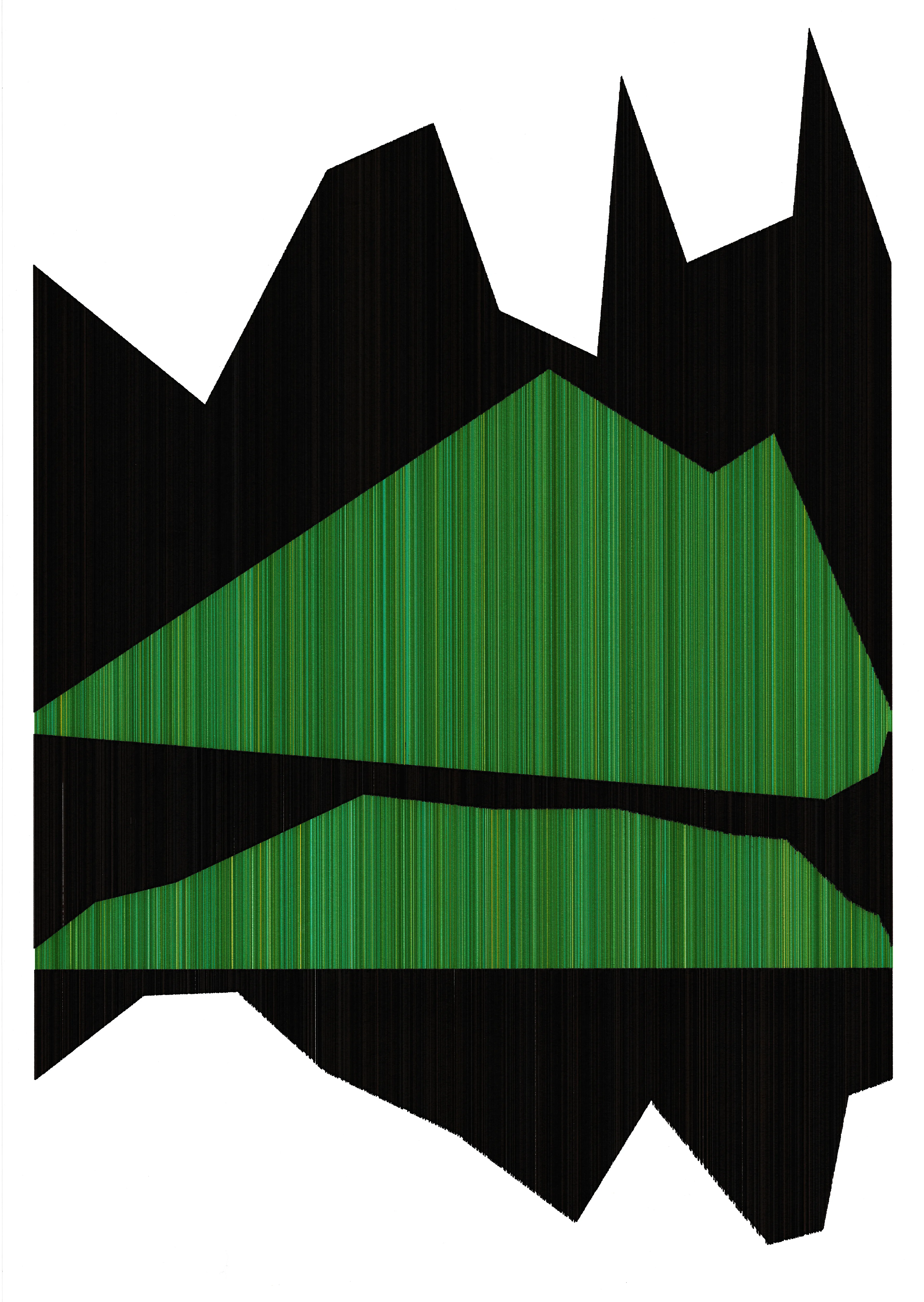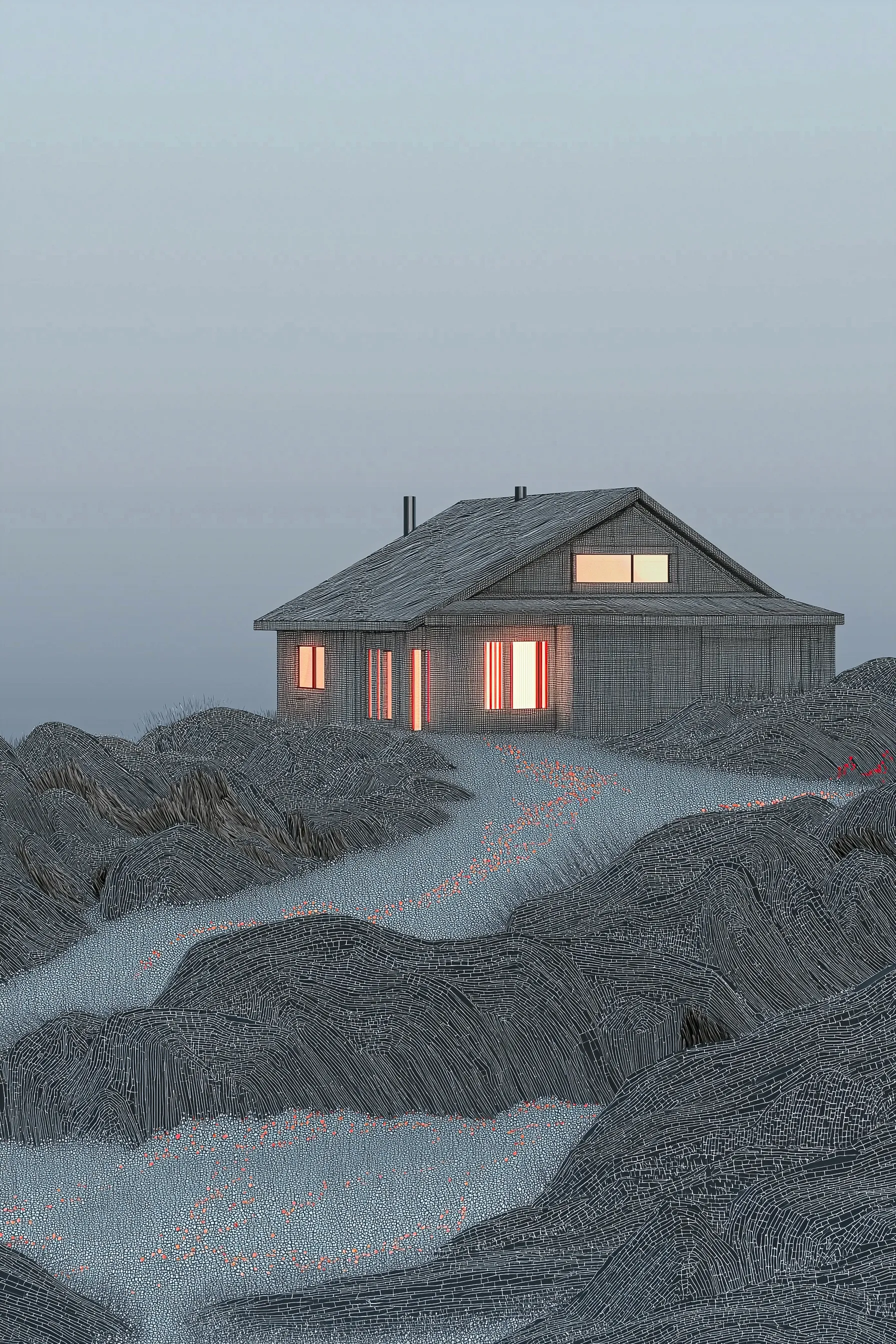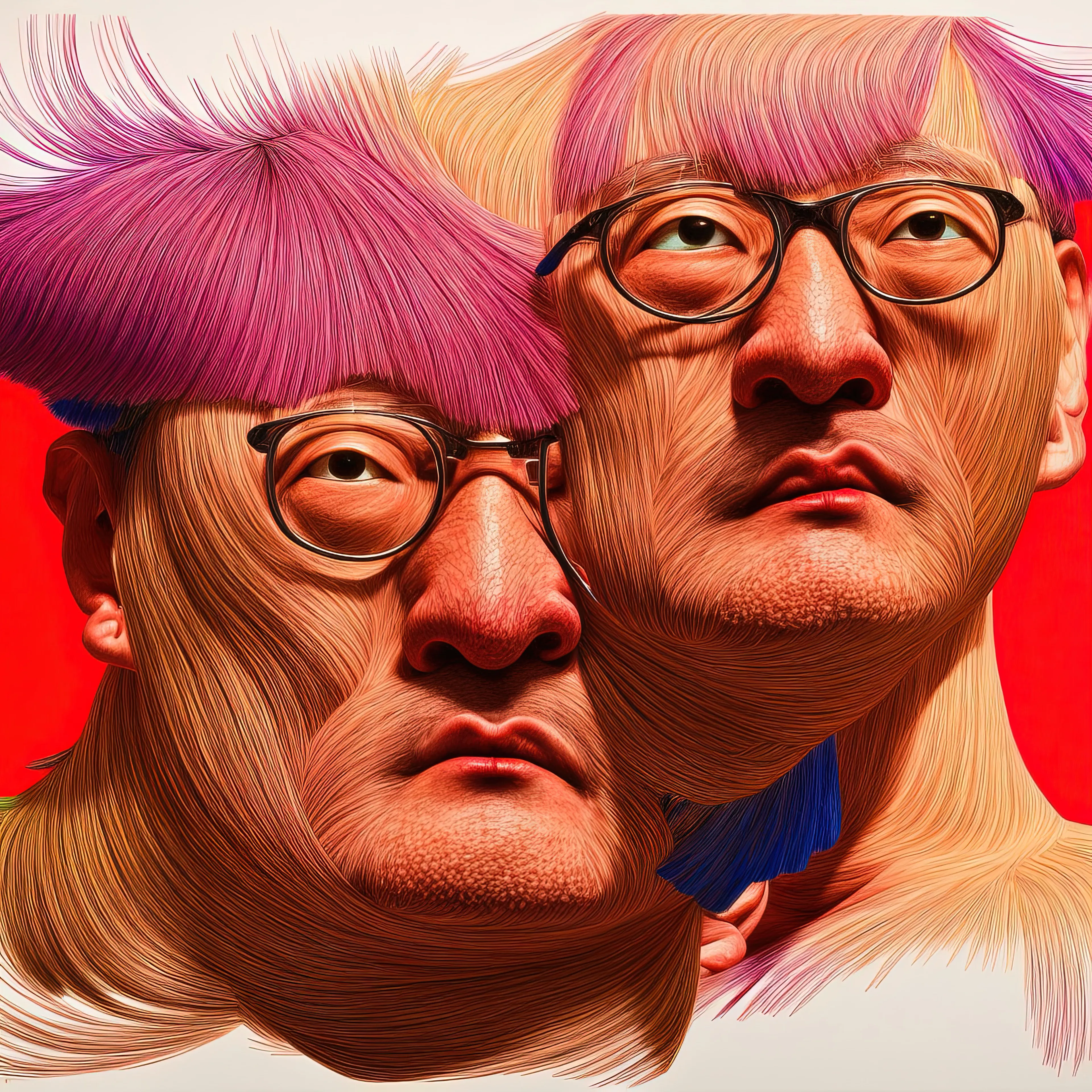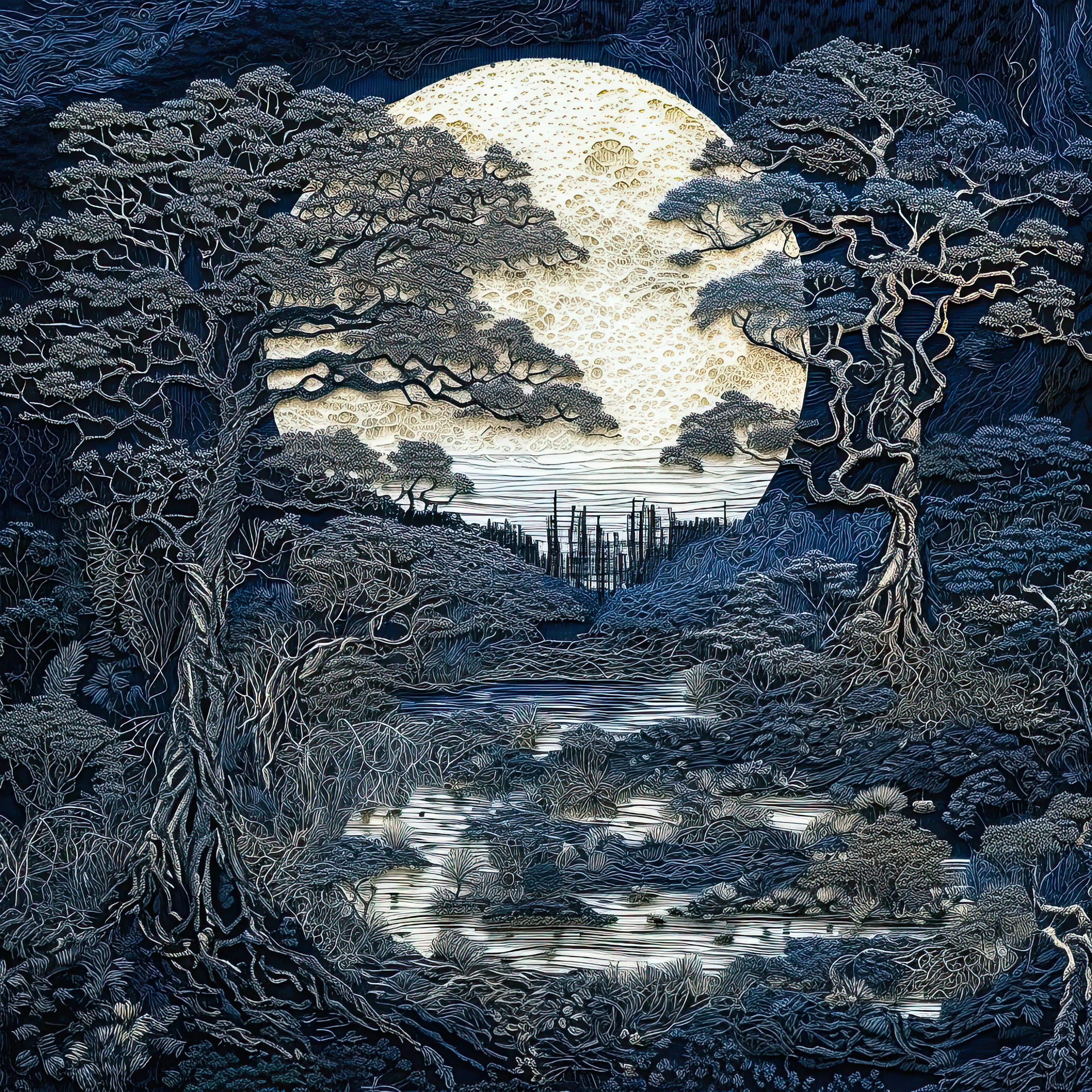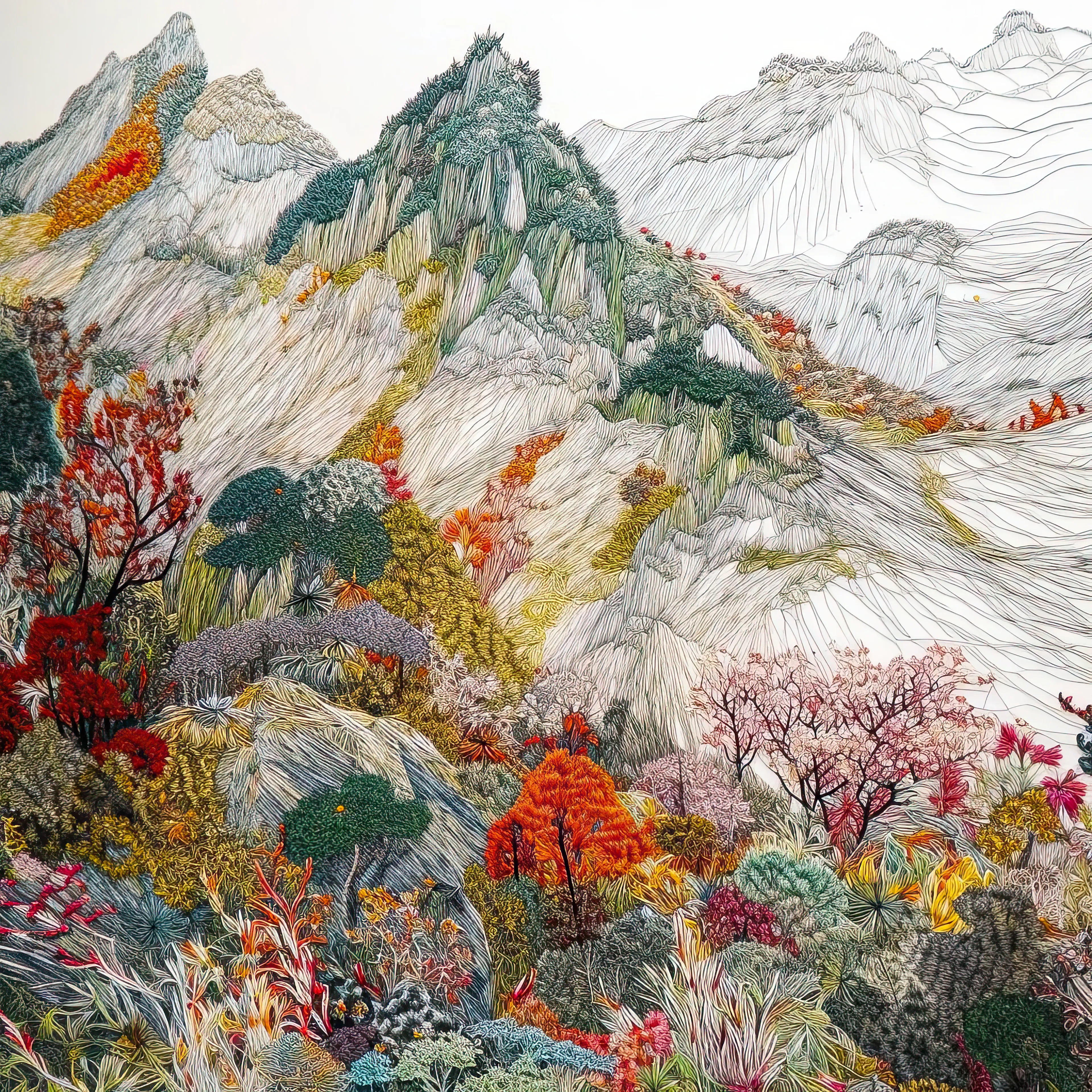Subscribe to get the latest on artists, exhibitions and more.
Yamabushi's Horizons

In conversation with Richard Nadler.
Your style is incredibly distinctive—I can clearly see "Richard" in both your previous works and the new series on verse. Was this achieved through a custom model you’ve worked with?
Lovely that you recognize my artwork upfront - I am pretty happy that my works are incredibly distinctive. Yes, I’ve worked with a customized AI-Model that fits my artistic needs 100%.
What does a custom model mean?
A friend of mine helped me to develop a customized AI model based on a dataset of old Japanese stories, landscape descriptions, and old artworks. It took me several months till I got some decent outputs but it was worth spending endless months and sleepless nights.
I'm curious about the origins of your fascination with art, particularly computer art. How did it all begin for you?
For several years I have been pretty interested in generative art and the history of it. I always wanted to create works with code due to lack of time and in my former job I never had the chance to get deeper into that field. When I once met my friend Daniel three years ago for dinner he introduced me to Hic et Nunc on Tezos. I started as a collector and became an artist after one year of collecting. I quit my job and became a full-time artist. My first works were made with pixel sorting tools. I love glitched artworks and this was my beginning. After that, I experimented with AI models like Midjourney and DALL-E.

